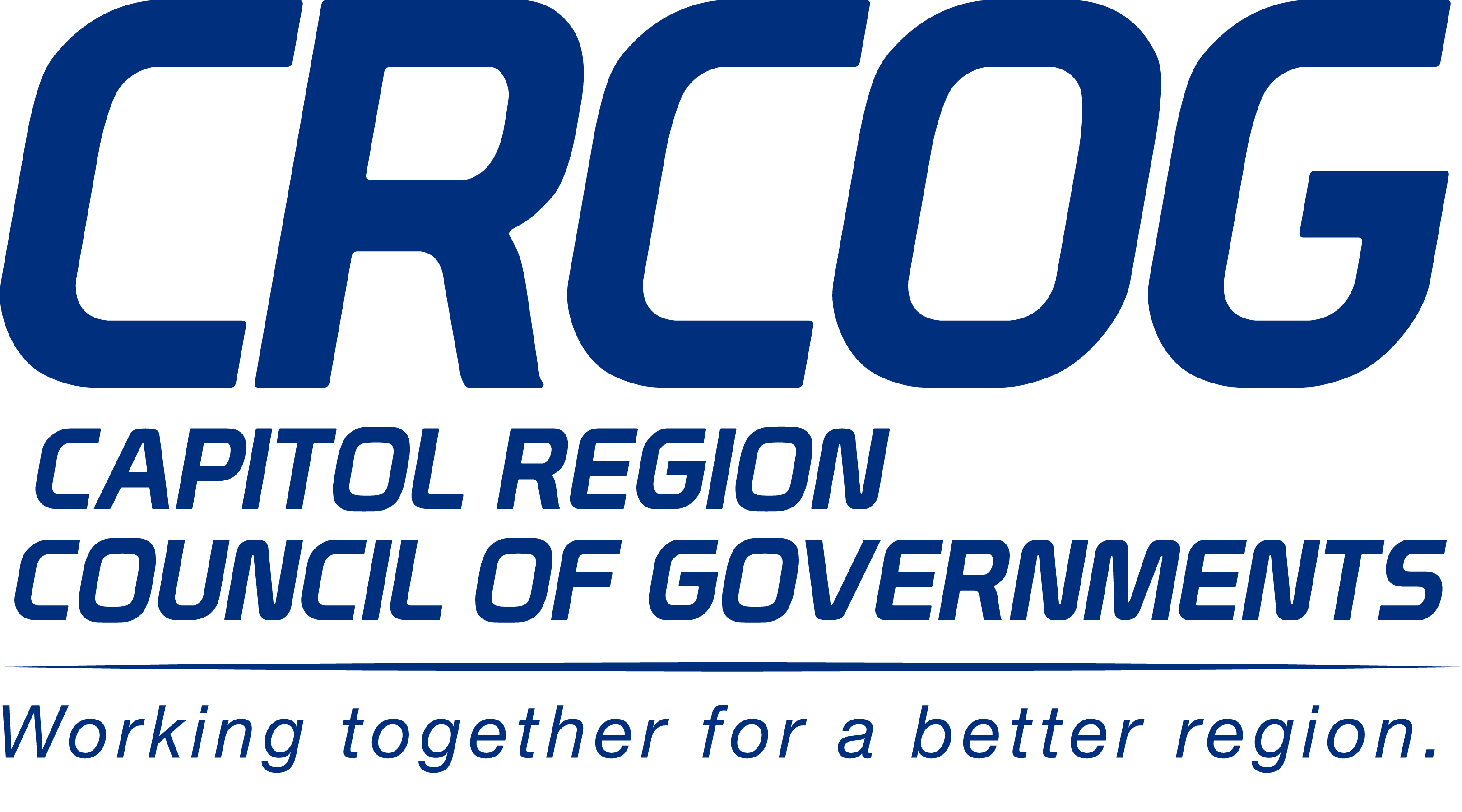A power outage is a local or regional loss of power caused by a hazard event or due to a problem in power generation and/or transmission. Power failures can result in a loss of heating or air conditioning, food preservation and preparation equipment, hot water, lighting, communication, Internet access, and home security.
Learn to protect yourself and your family. Download our Hazard Prep Checklists and take steps to be prepared before, during, and after a power outage.
Before
What Can I Do Before a Power Outage?
- Install an integrated power backup system in your home or purchase a portable gas-powered generator.
- Purchase a NOAA Weather Radio .
- Register for CT Alert.
- Plan how you will communicate with your family and friends if telephone or Internet systems are down.
- Make a 72-hour emergency kit.
- Learn how to turn off your utilities.
- Follow energy conservation measures to keep the use of electricity as low as possible.
- Fill plastic containers with water and place them in the refrigerator and freezer if there’s room. Leave about an inch of space inside each one, because water expands as it freezes. This chilled or frozen water will help keep food cold during a temporary power outage. Most medication that requires refrigeration can be kept in a closed refrigerator for several hours without a problem. If unsure, check with your physician or pharmacist.
- Keep your car tank at least half full because gas stations rely on electricity to power their pumps.
- Know where the manual release lever of your electric garage door opener is located and how to operate it. Keep a key to your house with you in case the garage door will not open.
Download a printable PDF version of this checklist
During
What Should I Do During a Power Outage?
- Monitor conditions using a NOAA Weather Radio or your preferred local news source.
- Do not call 911 for information. Call only to report a life-threatening emergency. Use the phone for life-threatening emergencies only.
- Use flashlights for emergency lighting instead of candles.
- Keep refrigerator and freezer doors closed to keep your food as fresh as possible .
- Turn off or disconnect appliances or electronics in use when the power went out. Power may return with momentary “surges” or “spikes” that can damage computers and appliances, such as air conditioners, refrigerators, washers, or furnaces.
- Leave one light on so that you’ll know when your power is restored.
- Take steps to remain cool if it is hot outside:
- Consider going to a movie theater, shopping mall, or “cooling shelter” that may be open in your community
- If you remain at home, move to the lowest level of your home, since cool air falls
- Wear lightweight, light-colored clothing
- Drink plenty of water even if you do not feel thirsty
- Provide plenty of fresh, cool water for your pets
- Take steps to remain warm if it is cold outside:
- Put on layers of warm clothing if it is cold outside
- Never burn charcoal for heating or cooking indoors
- Never use your oven as a source of heat
- If the power may be out for a prolonged period, plan to go to another location (the home of a relative or friend, or a public facility) that has heat to keep warm
- Eliminate unnecessary travel.
- Remember that equipment such as ATMs and elevators may not work during a power outage.
- Check your Disaster Supply Kit and replace or restock items as needed. Ensure that you have working flashlights and batteries.
- Turn off utilities if told to do so by authorities. Close propane tank valves.
- Store drinking water in clean plastic bottles and pots and pans.
- Maintain contact with friends and neighbors who may be more vulnerable due to functional needs.
- If you are using a generator, be sure to follow generator safety procedures.
Download a printable PDF version of this checklist
After
What Should I Do After a Power Outage?
- Check on friends and neighbors who may be vulnerable.
- Check refrigerated food for spoilage.
Download a printable PDF version of this checklist
More Information
